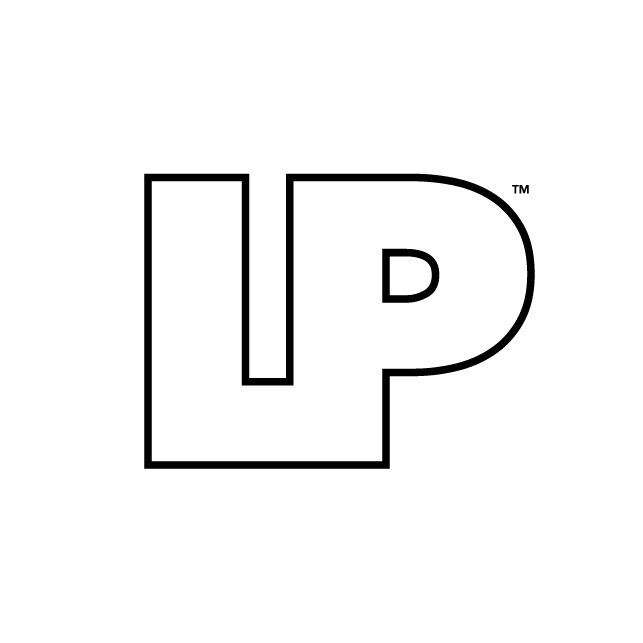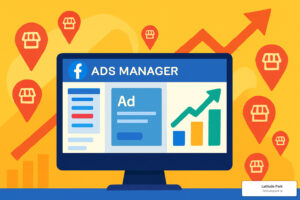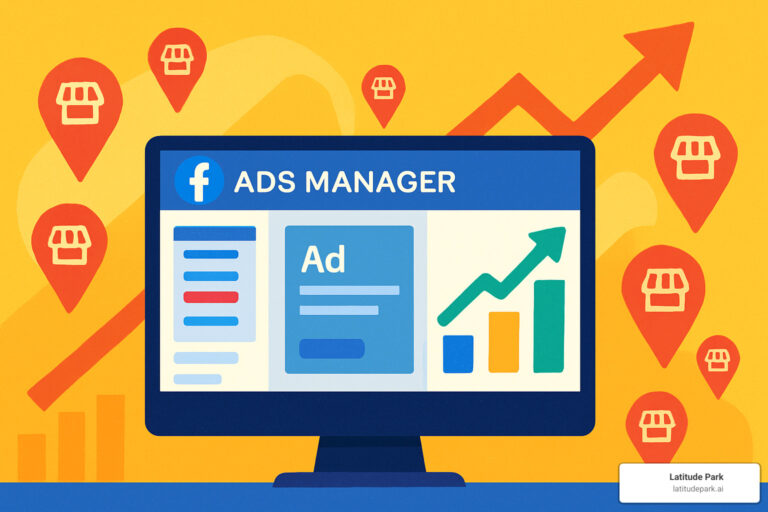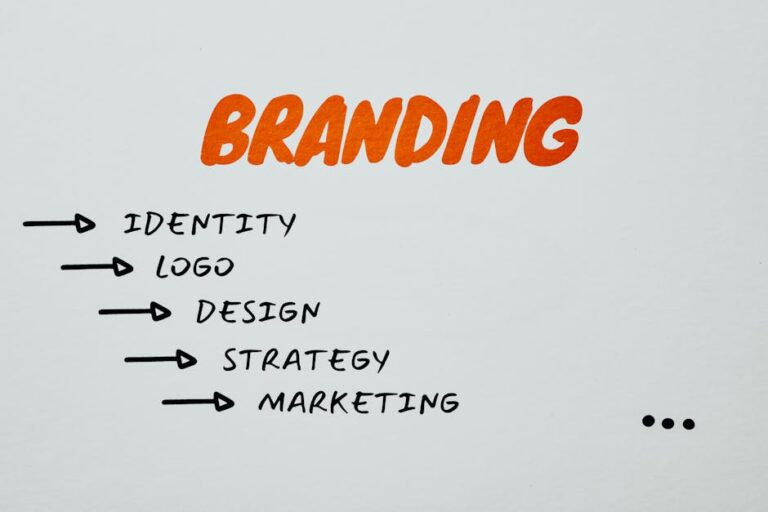You may be surprised to learn that Google has indexed over 56 billion web pages to date, and that’s not even close to the grand total. Every day, more and more websites are created, but only a handful will really go anywhere.
Luckily, with the right web design, your site can go further than you think. Let’s talk about some website design and development tips to make your website the best it can be.
Why Proper Website Design and Development is So Important
When you design your website, it’s important to keep in mind what makes it so valuable to your company. You have to remember that your website is the center of your entire digital marketing strategy, and it will be the first impression that many potential customers will get of your business.
Your ad campaigns, social media efforts, email campaigns, notifications, and more will direct users to a page on your site. All of these efforts will go to waste without a solid website.
You should also remember the types of websites that most people are used to using. If you spend most of your time on large social media networks, Google, and similar websites, then you’re used to a certain standard of usability and professional design. Because of this, most people are able to spot a poorly-designed website before it even fully loads.
Lastly, going back to your digital marketing efforts, your website quality plays a major role in your SEO value. You can write all of the quality content you want and get loads of backlinks, but you could be seriously harmed by poor website quality.
The most important part of your web design process is to start with a plan. With all of that in mind, let’s talk tips.
1. Set The SEO Foundation
We mentioned that your website largely determines your SEO value, so let’s talk about how and what you can do about it. You can always use free analytics tools to see how your website holds up, but that’s only once it’s launched.
Remember, the content that you add later will help your SEO, but setting a strong foundation is what matters in web design. This means that you want Google to learn to trust your website before anything else. There’s one amazing side effect of improving your site’s SEO value, and that’s increasing usability.
Page Speed
Page speed is a large factor in your SEO because people expect their pages to load quickly and they don’t tend to wait very long for them. In fact, the average user only waits 3 seconds before exiting a page.
Do your best to limit the amount of junk code you have on your pages. This includes Javascript and CSS files. You can combine the two, limit your visual imagery, or look for alternative methods. Make sure that your images are optimized, you haven’t left any unnecessary text behind, and that everything on the page belongs there.
Optimize Visual Content
This will help with page speed and Google’s crawlers. The crawlers can’t easily identify what an image is in the same way that you can, so it needs to be optimized and provided with plenty of context for Google to develop an understanding of it.
Tags and Meta Descriptions
Make sure that your title tags and meta descriptions are solid. Your title tag should only be the title of the page and your description should not exceed 1,000 characters at most.
Limit Pop-Ups
Google isn’t a huge fan of paywalls, excessive ads, or excessive popups. You can get away with this later on if you already have a strong SEO foundation, but it’s best to avoid it early on. This will also help establish trust with new users early on in your website’s life.
Mobile-Friendliness
It’s important to remember that 56% of web traffic is on mobile devices. If you’re running a local business, expect it to be even more. Locals are more likely to see your store or hear about you otherwise, but visitors will pull out their phones and search for “restaurants near me” or “dry cleaners near me”.
This is a completely different type of web design. Some platforms will automatically create a mobile version of your site for you, but they aren’t perfect. Tweak your mobile version occasionally and use some analytics tools to see how you can improve.
These tips aren’t all there is to build a perfect SEO foundation but they will go a long way at the start.
2. Determine Your Landing Pages
During the design process, whether you’re building the site from the ground up or redesigning it, you should figure out what pages will be used in your PPC or other campaigns. If it’s a few pages, put your maximum effort into each of them. If it’s one page, put even more effort into it.
Again, this is your home base for your entire marketing strategy online, and you’ll only be wasting money on ads if people get to your landing page and leave because it loads slowly, they can’t figure out how to navigate, or there isn’t enough relevant information on the page.
Think like a skeptical customer who just clicked on one of the thousands of ads they saw today and you’re trying to determine if this website is legit. Ask yourself: does it meet those standards?
3. Start A Blog
Whether the goal of your website is to generate revenue, sales, or bring people into your store, you have every reason in the world to start a blog. If you want to talk about optimizing your website for SEO value, look no further.
Let’s say you have 10 pages on your website. You have a home page, “about us”, “contact us”, and a few pages related to your services. How do you expect anybody to find you without searching your company’s name?
That only gives you 10 very specific searches where people would be able to find you on Google. However, if you have a blog, you can have hundreds of different opportunities to rank by providing information to users, which is what they are most often seeking.
If you run a shoe store, you could have endless articles that will allow users to find your website. Some examples of titles would be:
- “Best Shoes for Marathon Runners in 2021”
- “Best Sneakers for Flat Feet”
- “What Shoes Work Best With a Blue Suit?”
- “What are the Best Running Shoes on a Budget?
The possibilities are endless. You can always do your own research on the relevant keywords for your industry and offer valuable information to users that will draw them into your site. While you have them, there’s more you can do.
4. Use CTAs
“Calls to action” are a useful tool for blogs or any other pages that bring in organic traffic. Again, people are often seeking information instead of products, but that doesn’t mean they won’t be interested in what you have to offer.
At the end of a blog post, you should add a CTA to try to convert your readers into customers. For example, if we stick with the shoe store example, you can end an article with: “Now that you know what to look for in hiking shoes for beginners, take a look at our newest line of products, pick out a pair for yourself, and hit the trails!”
You would then add a hyperlink to “newest line of products” (or wherever you wanted) to direct your readers to your online store. This is an easy tool to bring in some new business.
5. Add a Page for Different Products
If you have several different products, add pages for them. Simply create a duplicate page for each of your products and change the text and images on each to ensure uniformity.
Not only will this help users get a better understanding of the products that you offer, but it will also give you more opportunities to rank on Google searches for these products. You may even be able to make some direct sales with these pages if you add a “buy now” or “add to cart” button.
6. Add Social Media Buttons
This is such an easy step that provides so much value. When you’re first starting, add it in immediately, especially if you’ll be duplicating pages. That way, it will only take you one minute to add buttons across your entire site.
You want to give your users both a reminder and an easy method to share your content on social media, driving some free and easy potential traffic and promotion. A few initial shares are all it takes to go viral. You can also add follow buttons to help boost your following across multiple platforms.
7. Fix 404 Errors
404s are a nightmare for your SEO and for the quality of your website. If users find them, you’ve probably lost them.
Luckily, it’s easy to find and fix 404 errors. Simply use the Google Search Console, punch in your URL, and allow Google to search through your site for any errors. Once it’s done, click on “not found” and see the list of pages that are coming up as a 404.
The easiest way to fix an error is to redirect traffic to a working site on your website, but you can also try to fix the page itself.
8. Lengthen Your Homepage
You want users to be able to scroll on your homepage and keep gaining information without necessarily having to move to other pages. This is a great way to get users warmed up, give them a general understanding of your business, and provide them with more opportunities to navigate to where they want to go.
Aim to have 3 to 5 sections with concise and relevant information that can direct users to important parts of your site. Displaying recent blog articles, highlighting popular services, and displaying a contact form are a few common examples, but you can make it relevant to your site.
9. Focus on Navigation
You want to offer multiple options for navigation, especially at the top and bottom of every page. You don’t want to create any challenges for your users or Google’s crawlers when it comes to navigating through your site.
Also, you will want to add internal links elsewhere on your pages when relevant and natural. In your blog articles, aim to have 2 or 3 internal links per 1,000 words to prompt users to continue exploring your site. Add product pages, blog posts, service pages, and more when applicable.
10. Ask For Help
Website development is a time-consuming process that is easy to mess up. If you’re a small business owner, you don’t have the time to do it all yourself, especially if there’s a large learning curve.
You can always hire a professional website design and development company to help you with your needs, and you can go over everything you want out of your site and work with them to develop the best product possible.
Remember, people are used to quality websites, so don’t allow yours to stand out in any way that isn’t positive. Give yourself every chance to start ranking and start making conversions today!
Don’t Wait
Now that you know some tips to maximize your website design and development strategy, you should get started as soon as possible to maximize the benefits you receive. The sooner you get started, the sooner you can start ranking. Stay up to date with our latest website and marketing news, and don’t hesitate to place an order for any help you need!









